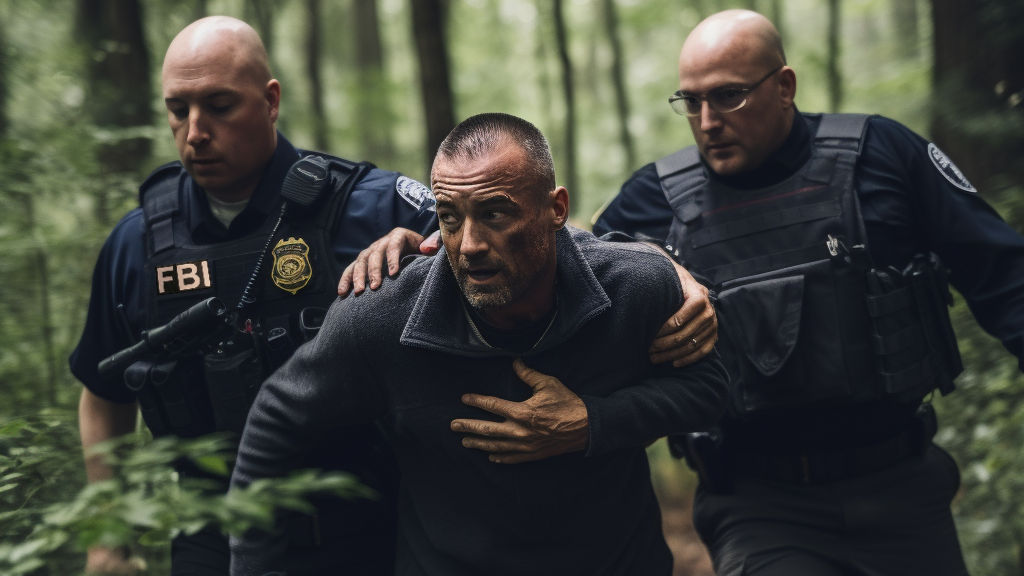Ted Bundy, a name synonymous with evil, left a deep and disturbing mark on American society. His brutal spree shattered the lives of his victims and their families and triggered profound changes in the American justice system, law enforcement strategies, and even the collective societal psyche. This blog post delves into the long-lasting effects of Bundy’s crimes, examining the changes in law, police investigation techniques, and the unsettling phenomenon of copycat killers.
Bundy’s trial was unprecedented in many ways. It was one of the first trials to be fully televised, creating a media frenzy that extended the case’s reach into countless homes nationwide. This media saturation heightened societal fear and awareness, forcing the legal system to grapple with new challenges. The concern over whether such intense media coverage could compromise a defendant’s right to a fair trial sparked debates about the limits and roles of media in the courtroom, influencing how high-profile cases are handled to this day.
Bundy’s trial also marked a milestone in forensic science. Bundy was convicted for the murder of Lisa Levy in Florida based on bite mark evidence left on her body. In this case, the use of forensic odontology was a turning point, demonstrating the potential of such techniques in criminal investigations and trials. However, it has also sparked ongoing debates about the validity and reliability of bite mark evidence, inspiring further research and development in the field of forensic science.

Bundy’s crimes had a profound impact on law enforcement and investigative strategies. The case led to improved inter-agency communication and cooperation, as Bundy’s cross-state killing spree had exposed the difficulties in sharing information across different jurisdictions. Bundy’s case played a significant role in the development and subsequent adoption of the FBI’s Violent Criminal Apprehension Program (ViCAP), a national database designed to track and correlate criminal offenses to aid in identifying serial crimes.
Another dark echo of Bundy’s legacy is the phenomenon of ‘copycat killers’. Bundy’s modus operandi, personality, and media attention have inspired some criminals to emulate his tactics and behaviors. An example of this is the ‘Sunset Strip Killers’ case in the 1980s, where two perpetrators committed a series of murders with eerie similarities to Bundy’s methods.
In conclusion, Ted Bundy’s terror reign’s impact extends far beyond his horrific crimes. The changes triggered by his case – from media coverage of trials to advancements in forensic science, from the refinement of law enforcement strategies to the unsettling phenomenon of copycat killers – remain haunting reminders of his dreadful legacy. While we continue to mourn and honor his victims, it’s crucial to learn from this tragic chapter of history to prevent such atrocities in the future.